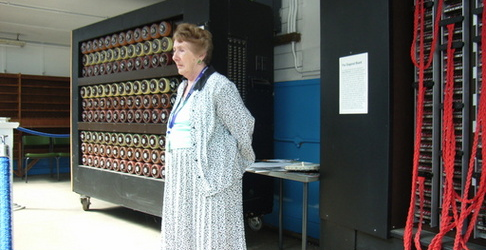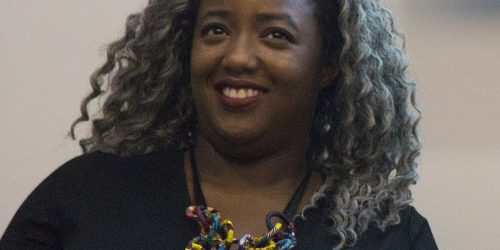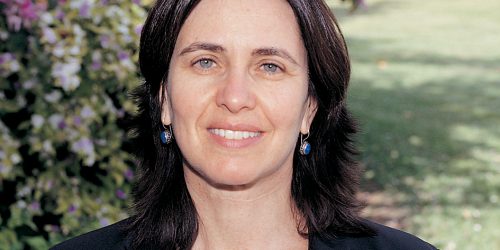Rosalind Franklin (en)
This is a blog post by Jackie Daykin, for International Women’s Day 2021. You can find the Welsh version here.
Dyma blog gan Jackie Daykin, ar gyfer Diwrnod Rhyngwladol Y Menywod 2021. Cewch ffindio’r fersiwn Cymraeg yma.
An extremely bright and talented baby girl, Rosalind Franklin, was born in 1920. Following distinctions at school she went to Newnham College, Cambridge in 1938 to study chemistry, obtained a Ph.D. in 1945 for work on coals, and became a research associate studying X-ray diffraction at King’s College London in 1951.

Her promising career and research momentum was sadly cut short in 1958 by illness at age just 37. Nonetheless her inspiration lives on as evidenced by numerous posthumous awards, including:
- in 1993, King’s College London placed a plaque on its wall, inscribed: “R. E. Franklin, R. G. Gosling, A. R. Stokes, M. H. F. Wilkins, H. R. Wilson – King’s College London – DNA – X-ray diffraction studies – 1953.”;
- in 1995, Newnham College, Cambridge opened a graduate residence named Rosalind Franklin Building, and put a bust of her in its garden.;
- an asteroid was named 9241 Rosfranklin after her in 1997;
- the University of Groningen, supported by the EU, launched the Rosalind Franklin Fellowship in 2002 encouraging females to become professors;
- during 2012-2015 the bioinformatics education software platform and a high performance computing & cloud facility in London were both named Rosalind in her honour;
- in 2014 the Rosalind Franklin STEM Elementary was opened in Washington;
- in 2019 the European Space Agency named its ExoMars rover Rosalind Franklin;
- in 2020, the Royal Mint released a 50-pence coin in her honour which features Photo 51.
Photo 51 led to the discovery of the famous DNA double helix and was produced under Franklin’s joint supervision. In her notes for a lecture at King’s College London in 1951 she wrote:
“The results suggest a helical structure (which must be very closely packed) containing 2, 3 or 4 co‐axial nucleic acid chains per helical unit, and having the phosphate groups near the outside.”
This research subsequently contributed to achieving a shared Nobel Prize in Physiology or Medicine for Watson, Crick and Wilkins in 1962. Franklin also led work at Birkbeck on the molecular structures of viruses – a team member, Aaron Klug, continued her research and won the Nobel Prize in Chemistry in 1982. Although Rosalind was never a Nobel laureate, her innovative research proved remarkably influential and through which her legacy lives on.





